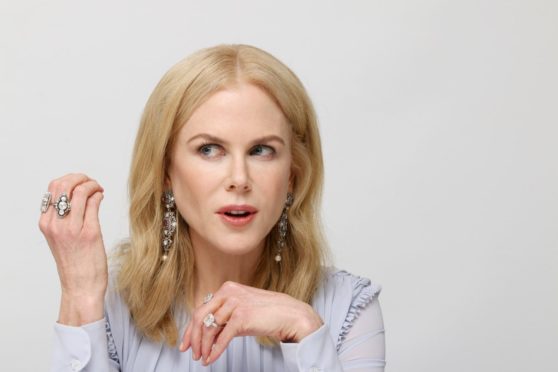
I don’t often have time to watch a lot of television but when I do – and I find something I really like – I can easily race through an entire series in just one sitting.
I binged the first series of Big Little Lies on a long-haul flight and I got so hooked on the characters, plot and performances, I bought series two almost as soon as I landed. I just had to know what happened next.
One of the things that made the show so powerful was its raw and honest depiction of domestic violence – and how the storyline highlighted that absolutely anyone can become a victim.
As part of the all-star cast, Nicole Kidman played Celeste Wright, an outwardly successful, wealthy, strong and confident woman who, behind closed doors, is controlled by an abusive husband. This week, the actress spoke openly about how playing that role had a massive effect on her own wellbeing, and opened her eyes to the silent struggle faced by so many women.
Writing a first-person opinion piece for The Guardian, the Hollywood icon admitted she felt “very exposed and vulnerable and deeply humiliated” while playing Celeste, and wanted to use her voice to highlight the growing issue of domestic abuse, which is thought to be experienced by one in three women and girls in their lifetime.
She continued: “Even though playing that character is nothing compared to what women in abusive relationships actually face every single day […] I would keep on my brave face during shooting, only to go home and realise how much it had affected me.”
The issue of violence in the home has been in the news regularly this year, as the closure of offices and community spaces left many vulnerable people facing months in isolation.
However, knowing that doesn’t make the statistics and figures mentioned in Nicole’s article any less shocking. For example, for every three months the lockdown continues, an additional 15 million women around the world are expected to be affected by violence.
Like so many issues in society, there are no quick fixes but I believe we can begin to tackle controlling and coercive relationships by educating people about what abuse really looks like – after all, cuts and bruises may be easy to see, but they are not the only symptoms. Early intervention to teach the importance of mutual respect, boundaries and calm dialogue could go a long way towards stopping abuse before it begins, as will changing how we perceive victims. As Nicole explains in her piece, “sobriety, clothes and sexuality are irrelevant” when it comes to apportioning blame.
As we head towards yet another lockdown, this difficult, sensitive and sometimes taboo topic needs to be discussed more widely, so I can only applaud Nicole for writing in such an open, honest and frank manner
Living that character day in and day out, it is little wonder the 53-year-old felt so deeply impacted, and her work as a UN ambassador makes her a great spokesperson for an important issue at a vital time.

Enjoy the convenience of having The Sunday Post delivered as a digital ePaper straight to your smartphone, tablet or computer.
Subscribe for only £5.49 a month and enjoy all the benefits of the printed paper as a digital replica.
Subscribe